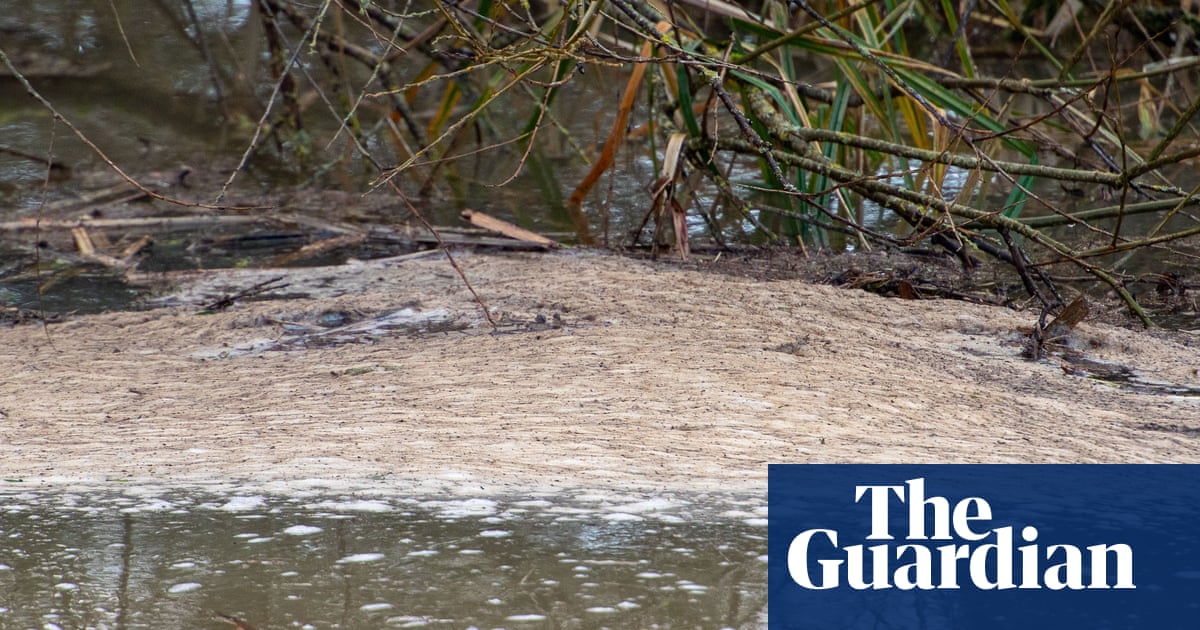
Almost every sector of the $2.6 trillion economy is dependent on water, especially agriculture
NEW DELHI: Indian Prime Minister Narendra Modi has launched a 60-billion-rupee ($842 million) plan to tackle water shortages in the country’s seven heartland states where agriculture is a mainstay.
India, the world’s second-most populous country, faces the worst long-term water crisis in its history as demand outstrips supply, threatening farm output and overall economic growth in Asia’s third-largest economy.
Almost every sector of the $2.6 trillion economy is dependent on water, especially agriculture, which sustains two-thirds of India’s 1.3 billion people.
“Water shortages in the country not only affect individuals and families; the crisis also has an effect on India’s development,” Modi said.
“We need to prepare the new India to deal with every single aspect of the crisis.”
The plan launched by Modi would help replenish ground water and boost overall availability in Rajasthan, Karnataka, Haryana, Punjab, Uttar Pradesh, Madhya Pradesh, Maharashtra and Gujarat states, which produce staples such as rice, wheat, sugar and oilseeds.
Almost every sector of the $2.6 trillion economy is dependent on water, especially agriculture.
“Water shortages in the country not only affect individuals and families; the crisis also has an effect on India’s development,” Modi said.
“We need to prepare the new India to deal with every single aspect of the crisis.”
The plan launched by Modi would help replenish ground water and boost overall availability in Rajasthan, Karnataka, Haryana, Punjab, Uttar Pradesh, Madhya Pradesh, Maharashtra and Gujarat states, which produce staples such as rice, wheat, sugar and oilseeds.
Nearly 60 percent of the irrigation for agriculture in India comes from ground water.
Subsidized electricity gives farmers an incentive to pump out more water, a key reason behind depleting water tables in the country.
Supplying clean drinking water to millions of poor people and reviving moribund irrigation projects were a key part of Modi’s policies for India, where the monsoon accounts for nearly 70 percent of the annual rains needed to water farms and recharge aquifers and reservoirs.
Nearly half of India’s farmland, without any irrigation cover, depends on annual June-September rains to grow a number of crops.
Drinking water is also an issue, as about 200,000 Indians die every year due to inadequate access to safe water and 600 million face high to extreme water stress, according to the National Institute for Transforming India (NITI) Aayog, a think tank chaired by Modi.
According to UK-based charity WaterAid, about 163 million people in India — roughly 12 percent of the population — do not have access to clean water close to home.
Every summer water shortages tend to be more acute in large cities such as New Delhi, Chennai — a car-making center dubbed “India’s Detroit,” and Bengaluru, the country’s software capital.
Modi also exhorted farmers to increasingly adopt drip and sprinkler irrigation and use water-management techniques as well as eschewing water-guzzling crops such as rice and sugar cane.












